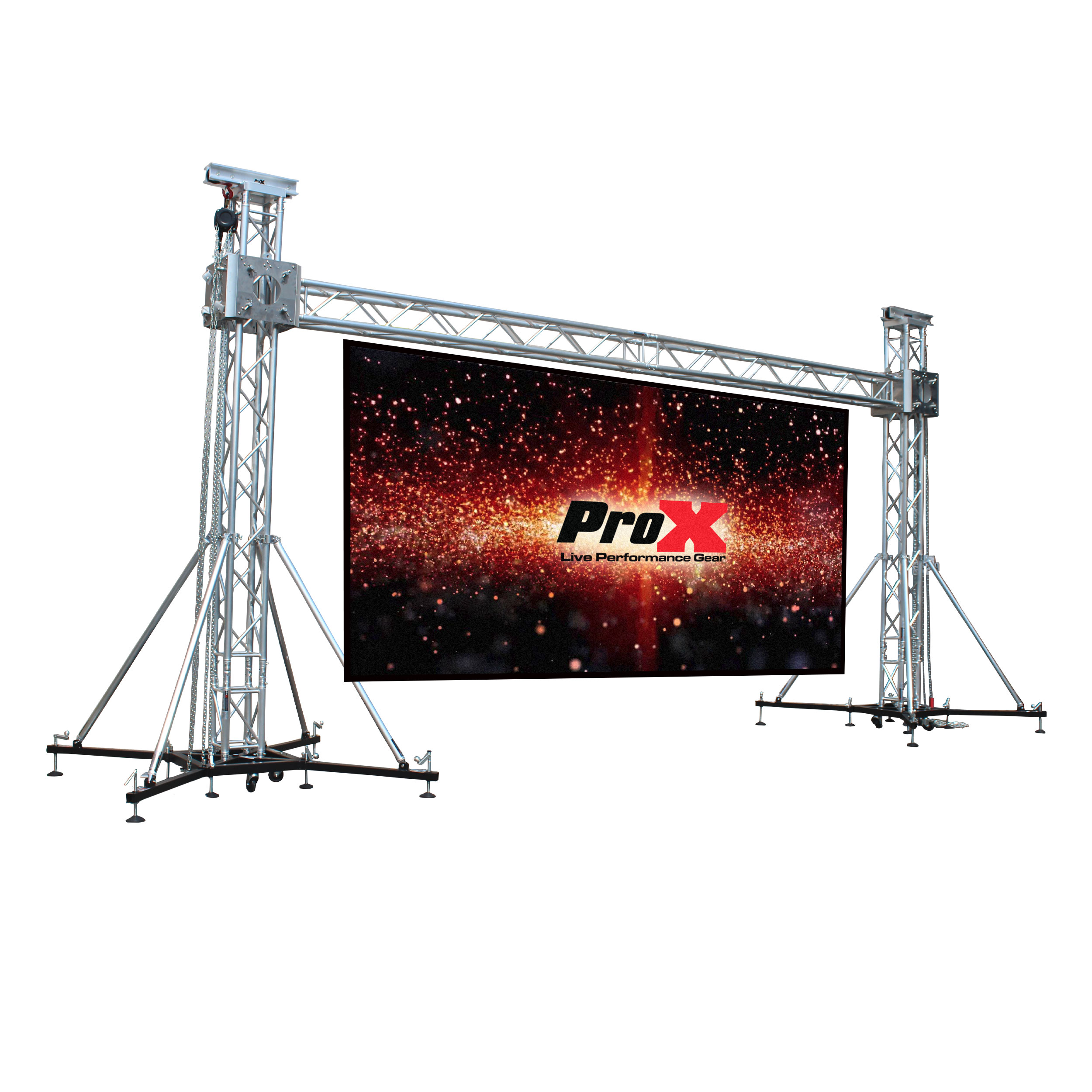Exploring the Durability of LED Wall Screens in Comparison to Conventional Display Technologies
Exploring the Durability of LED Wall Screens in Comparison to Conventional Display Technologies
Blog Article
LED panel screens have become progressively popular in recent times, particularly in environments like schools, corporate spaces, and public spaces. These screens use LED diodes (LEDs) to produce bright and vibrant visuals. One of the most notable benefits of LED technology is its longevity in contrast to conventional screen technologies, such as cathode ray monitors (CRTs) and LCD crystal displays. Grasping the distinctions in duration and functionality between these technologies can help consumers make knowledgeable choices about their screen needs.
Traditional display methods, like CRTs, have been present for many decades. They were commonly used in televisions and PC monitors. However, CRTs have a shorter duration, typically lasting around 10,000 to 20,000 hrs of use. This means that after a few of years, users may observe a deterioration in picture clarity, such as fading or color deformation. In comparison, LED panel panels can last considerably longer, frequently exceeding 50,000 hours. This prolonged duration means that users can enjoy reliable performance without the need for regular replacements.
Another important aspect to take into account is energy conservation. LED panel panels consume less energy than traditional displays, which not only benefits the ecosystem website here but also reduces electricity expenses. For instance, while a CRT screen may consume around 100 W of energy, an LED panel can use as few as 30 to 50 W. This difference in energy usage adds to the total longevity of LED innovation, as lower energy usage generates less thermal energy. Excess heat can damage electrical parts, leading to a shorter duration for conventional screens.
In addition to their longer duration and energy efficiency, LED panel panels also offer enhanced visual quality. They provide brighter hues and improved differentiation, making them ideal for various applications, from marketing to educational displays. The technology behind LED panels allows for a broader sight perspective, meaning that images remain clear and lively even when seen from the flank. This is a major advantage over traditional displays, which frequently experience from color deformation and diminished brightness at wider angles.
In summary, the durability of LED panel screens compared to traditional display technologies is a key aspect for buyers to take into account. With durations that can exceed 50,000 hrs, power efficiency, and superior image quality, LED technology provides many advantages. As innovation continues to progress, LED panel panels are likely to become even more prevalent in various settings. Understanding these differences can help people and entities make improved decisions when purchasing in screen innovation, guaranteeing they get the best value for their requirements.